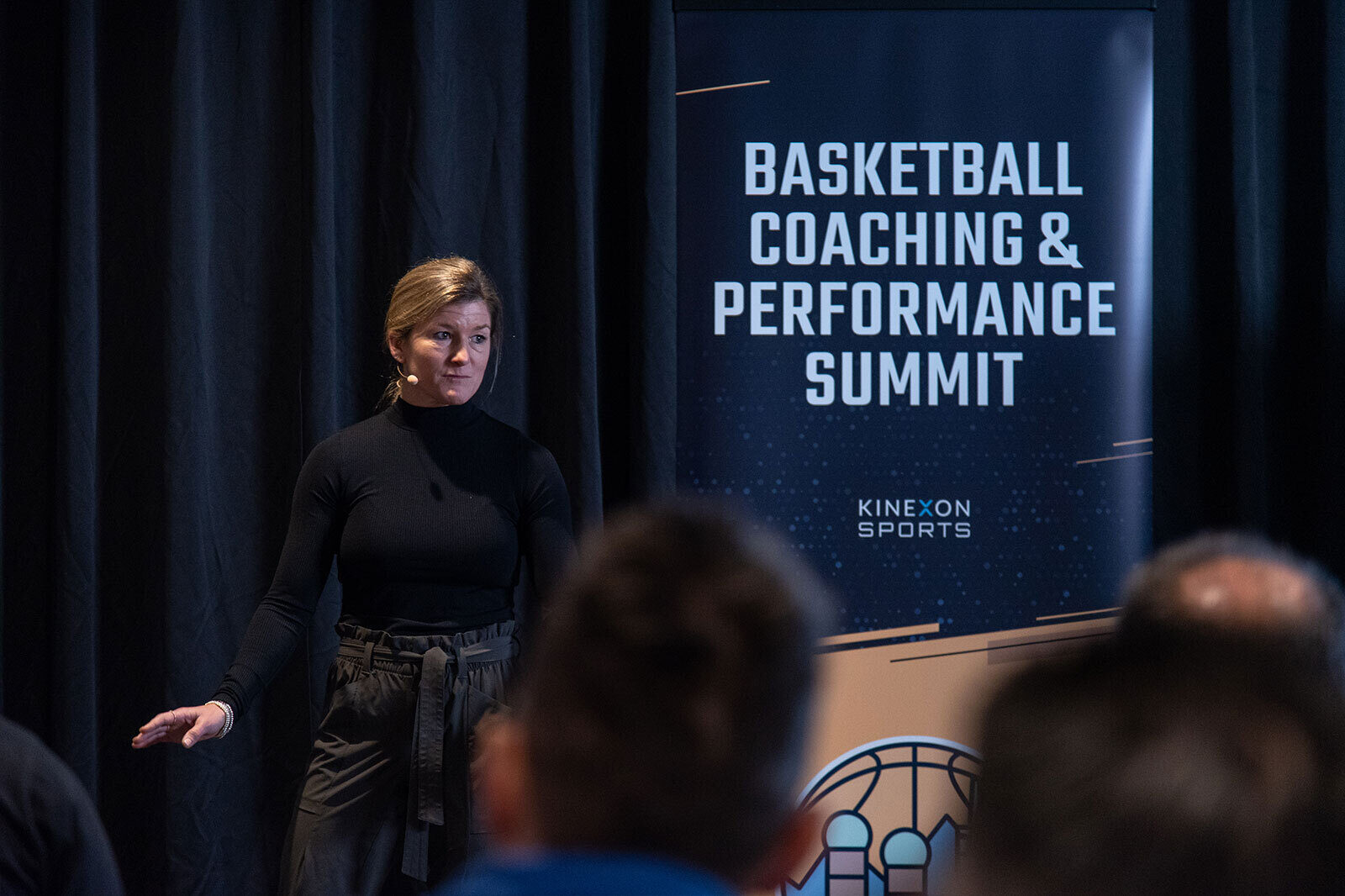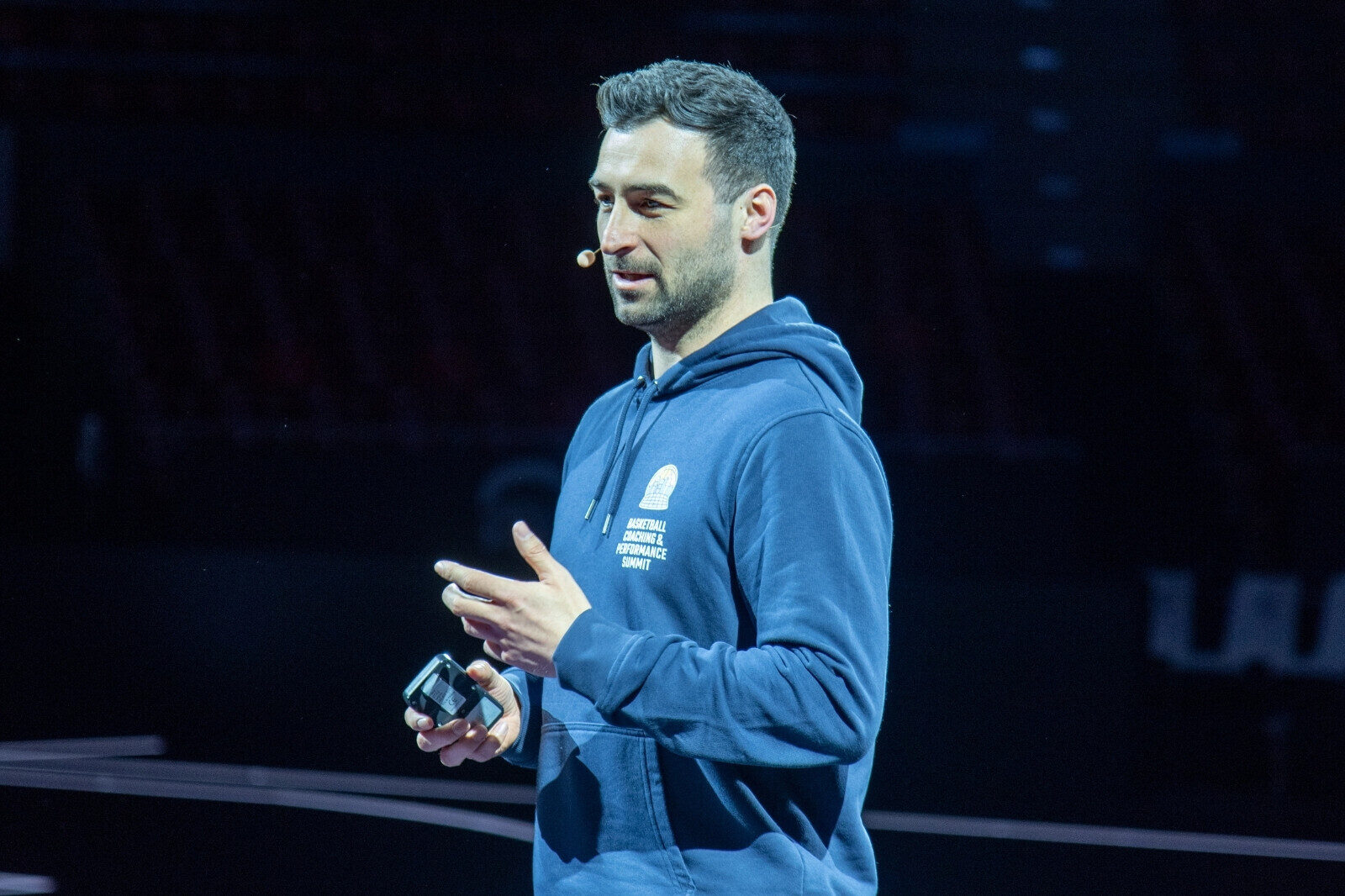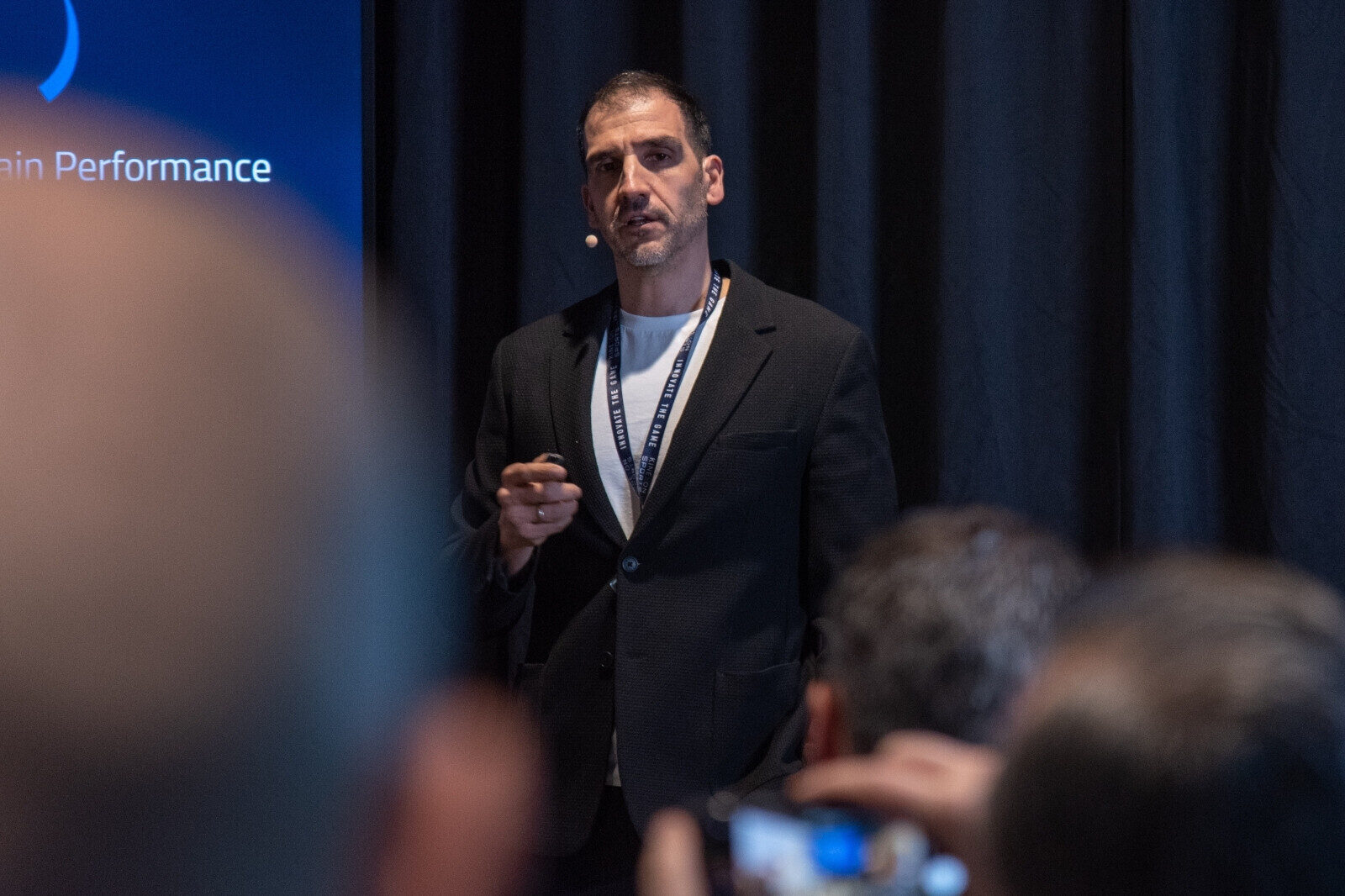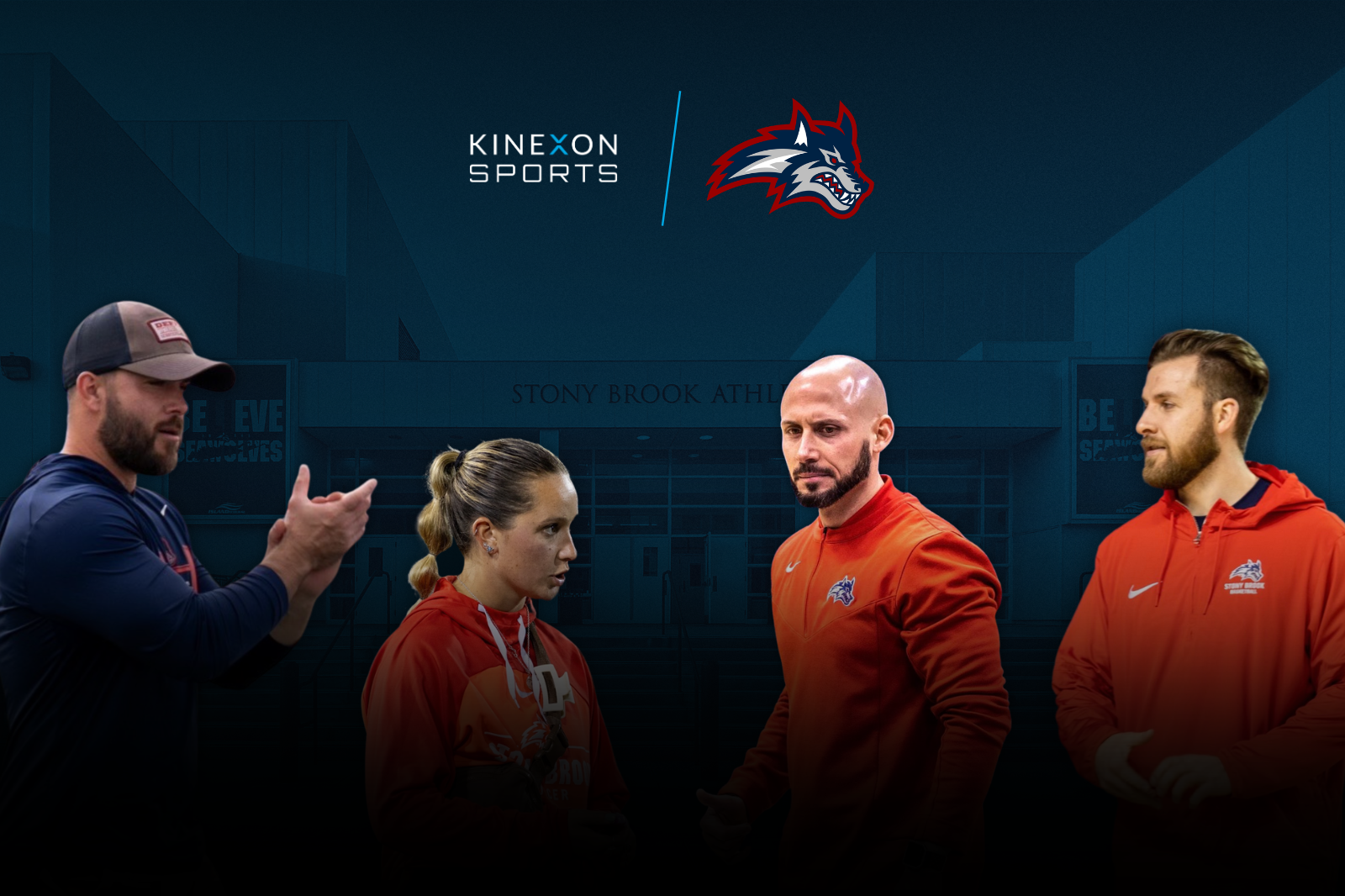How Texas A&M Women’s Basketball Used Data to Prevent Knee Injuries
Knee injuries are a major concern in women’s basketball, with ACL injuries accounting for a significant portion of these issues. Managing player workload is key to injury prevention, but achieving the right balance between training and recovery is challenging. The Texas A&M Women’s Basketball team faced this dilemma and turned to a data-driven approach to optimize player health and performance.

Managing Workload to Reduce Injury Risk
When Texas A&M introduced a new player to the team, they encountered an all-too-common issue — knee swelling after high-intensity training. The coaching and performance staff needed a solution that would allow her to train effectively while minimizing injury risk.
Drew Smith, a Sports Science PhD Fellow at Texas A&M, collaborated with the team’s Performance & Wellness staff to explore ways to track and control workload. Their challenge: How can we proactively prevent knee swelling and keep players at peak performance?
Data-Informed Load Management with KINEXON Sports
To tackle this issue, coaches leveraged KINEXON Sports’ technology to gain insights into player movement and workload. By utilizing real-time data analytics from the KINEXON PERFORM IMU solution, they were able to tailor training plans, ensuring optimal performance without unnecessary strain. Through a strategic approach to load monitoring, the team identified a key workload threshold that helped maintain player health while sustaining game-day readiness. The athlete was able to make informed decisions about her participation in specific drills and exercises, ensuring she remained within safe training limits.
The Results: A Proactive Approach to Athlete Health
By integrating KINEXON Sports’ technology and real-time analytics, Texas A&M successfully minimized knee injuries throughout the season. When asked about how the coaching staff bought into utilizing personalized player data related to injury risks, Drew said, “We wouldn’t be able to effectively use this data if everyone wasn’t on board, and I can’t thank this staff enough for allowing us to use this data to aid in decision making.
Want to learn how Texas A&M successfully implemented this data-informed strategy? Download the complete case study to uncover the details behind their groundbreaking approach!














